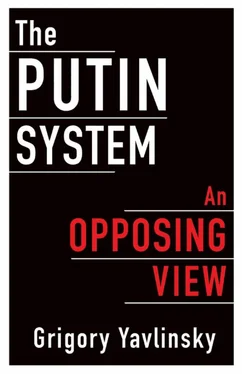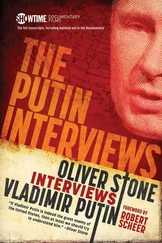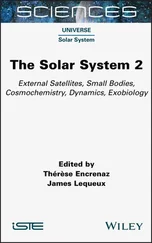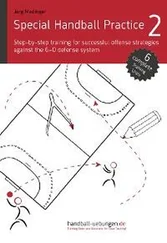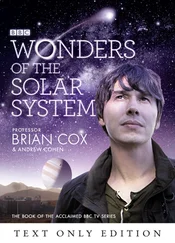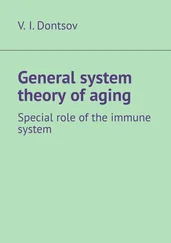Of course, the boundary between the typical self-confidence of a nation and a propagandistic twist to such confidence is not set in stone, but it is easy to discern when government and the media overstep that boundary. This happens, for example, when they start exploiting history as a source of newly created myths extended into the present and the future and allegedly demonstrating the country’s “special role” or its mystical “manifest destiny” as the guide for other nations. This happens when government enacts laws that penalize skepticism about the country’s historic achievements or the special historic mission of its people. It also happens when the authorities give sports tournaments a political, government-level status, linking athletes’ victories to the political course of the government and the ruling party and exploiting them to promote the ruling circle. (Those who grew up in Soviet times should be very familiar with all this.)
Has this boundary between Russia’s national self-confidence and its propagandistic distortion already been crossed? As of this writing, my sense is that we are there. And it is being done in an ever outrageous manner.
Finally, a fairly important ingredient of the regime’s new ideology has been its reliance upon propaganda about the so-called traditional, premodern beliefs of such institutions as the family, the church, and the nation-state. All this is done in a very Eurasianist style; that is, Marxist–Leninist ideas about society, seen as having lost their efficacy, are replaced with “tradition”—family tradition, religious tradition, or government tradition. Of course, this is done through an entirely superficial and historically flawed interpretation. In its intensity as well as its ignorance and unscrupulousness, this ideological work is on a par with the worst examples of totalitarian propaganda.
This trend is exemplified by the authorities’ and the media’s confrontational stance toward minorities of all kinds—by granting government functions to religion and the church and by the tendency to impart an ethnic-based identity to the state, solidifying, ideologically and politically, the status of ethnic Russians as the core “indigenous” ethnicity (so far, however, without formalizing this in legal terms). In this regard, the new ideology of authoritarianism in Russia is clearly an about-face on Soviet-era ideology. The new ideology fits in with its Soviet predecessor with regard to the four aspects that I mentioned earlier: viewing the powers that be as a given that is not subject to questioning, labeling dissenters as enemies of the people and outcasts, positing a powerful and hostile encirclement by foreign enemies, and inflating the sense of national pride as a substitute for the normal functioning of public institutions, though this final aspect is largely negated by reverting to the legacy of pre-Soviet Russia.
With regard to ethnicity, however, the rhetorical difference between Putin’s Russia and the late Soviet period is rather stark. Even though, in practice, Soviet authorities assumed the primacy of Russian language and culture and the need for tight political control over ethnic minorities, it nevertheless formally based itself upon the tenet of equality among cultures (an analog to the European notion of multiculturalism) and the need to integrate the country’s ethnicities into some sort of a cohesive community of Soviet people. Consequently, Soviet authorities were resolute in cracking down on public displays of hate speech against any ethnicity—even though there were in fact implicit quotas on the representation of various ethnic groups in government, in uniformed agencies, and in the “politically sensitive” fields of culture, education, and applied science. In the late Soviet period, it would be unthinkable to have government-owned television giving a platform to someone who calls for “kicking migrants out of Moscow,” meaning in fact all those who do not look like ethnic Russians, or for knocking some ethnic minorities “under the pavement”—the kinds of statements that can be found in the official media today. In the Soviet period, coercive government agencies used all of their power to suppress any attempts by anyone to launch pogroms out of the blue—the kind of violence that today gets public approval and encouragement from establishment figures and even government officials.
The issue of policies toward minorities that are not connected to a specific territory is rather tricky. Like any other totalitarian ideology, the Soviet belief system assumed the need to impose on all its subjects a uniform set of views about the world; in this sense, the notion of protecting minority rights was completely alien to it. Nevertheless, it implicitly acknowledged the differences among people, whether given or historically conditioned, with regard to their ethnic and class origins, cultural affinities, and so on. Soviet authorities did not recognize the right of minorities to emphasize their identity in public. Back then, a Jewish congress or a Cossack legion or a gay pride organization would have been unthinkable. And, in practice, some of these minorities were being suppressed or restricted. However, after Joseph Stalin’s death, in 1953, the Soviet regime did not tolerate any attempts to publicly denounce and victimize ethnic and cultural minorities, at least as long as such groups stayed within the limits of behavior that were imposed on them.
In contrast, in the new realities of post-Soviet Russia, minorities face a terrible choice: either fit into the system within the confines of the roles assigned to them and according to their willingness to perform these roles, or be a target of government-sanctioned attacks. It is worth noting that the purpose of such public attacks is not to physically evict minorities from Russia’s public space (or at least this is not yet the purpose) but rather to give nonminority Russians a sense of their superiority over at least some of their compatriots while, at the same time, letting the steam of their pent-up anger out of the kettle.
Clearly, this facet of the regime’s authoritarian ideology will become increasingly pronounced and rigid with the rise of the levels of anger in society—and these levels may keep rising, due to economic difficulties, changes in ethnic demography in specific territories and in the “politically sensitive” fields of economic activity, and the disorganization of everyday life caused by the growth of corruption and the overall weakness of governance. The resulting increase in hostility toward minorities will affect the content of mass media broadcasting, which will assume an increasingly imperial tenor in terms of enforcing a rigid hierarchy of values and the groups that embody them. This also will influence actual policies, which will be increasingly geared toward inciting hatred for ideological as well as various ethnic and cultural minorities.
And yet, going back to the beginning of this section, it must be noted that the ever more pronounced ideological twist of the Putin regime in recent years, and its attempts to secure a wider base through more intensive brainwashing of the public, suggest that the system has already passed the peak of its resilience. [8] I am not the only one to observe these ideological trends. The list of interviews, blogs, and other publications by fairly prominent members of Russia’s political establishment, and by its dispassionate analysts, that make note of the ideological bent of the authorities, beginning around 2012–2013, would be pretty long.
The growing rebelliousness in society, engulfing primarily its most active parts, has increased to the point where the ruling circle feels its presence, and feels it so sharply, that its prior confidence about controlling the situation without ideological props, in a relatively comfortable and secure manner, is rapidly beginning to evaporate.
Читать дальше
